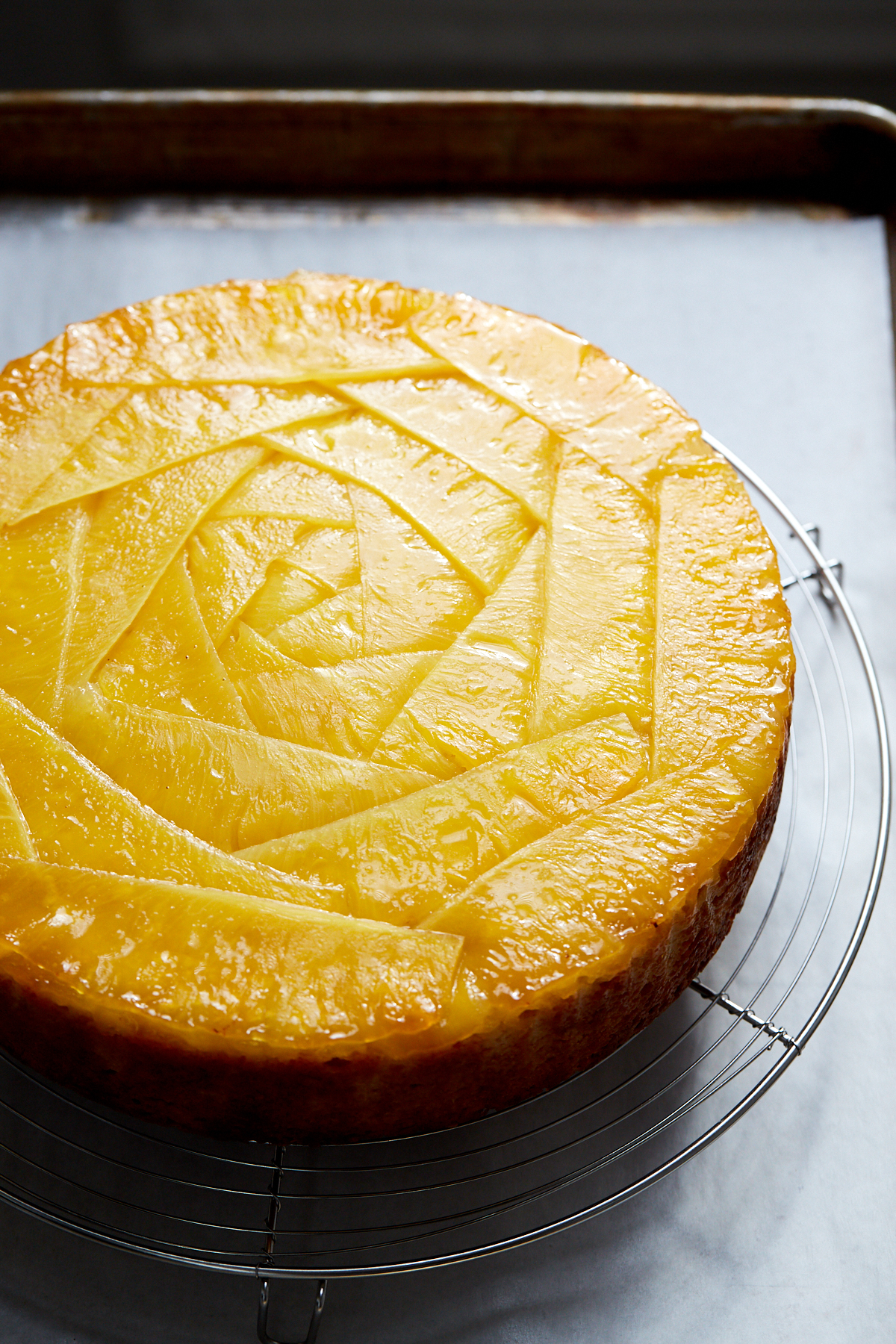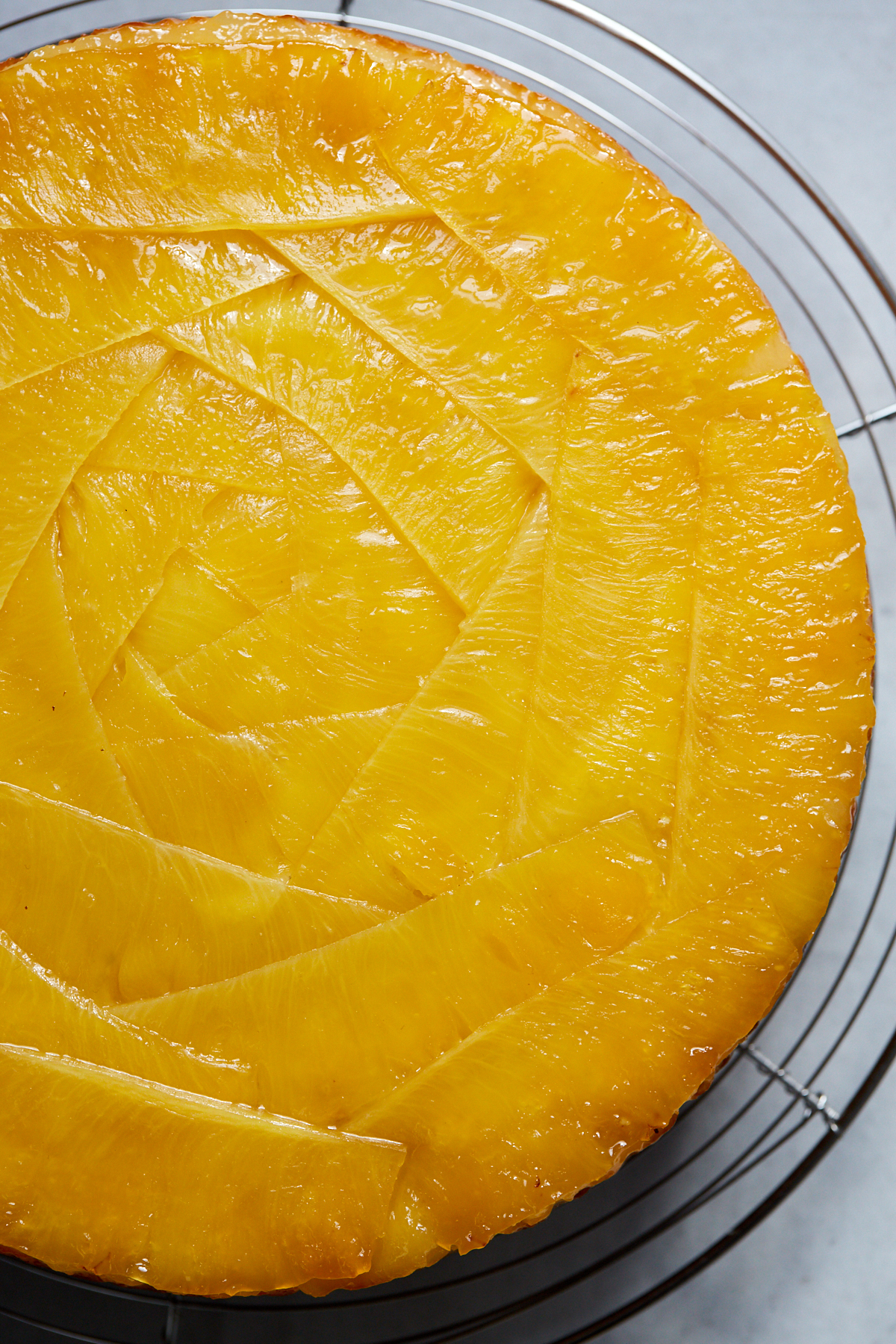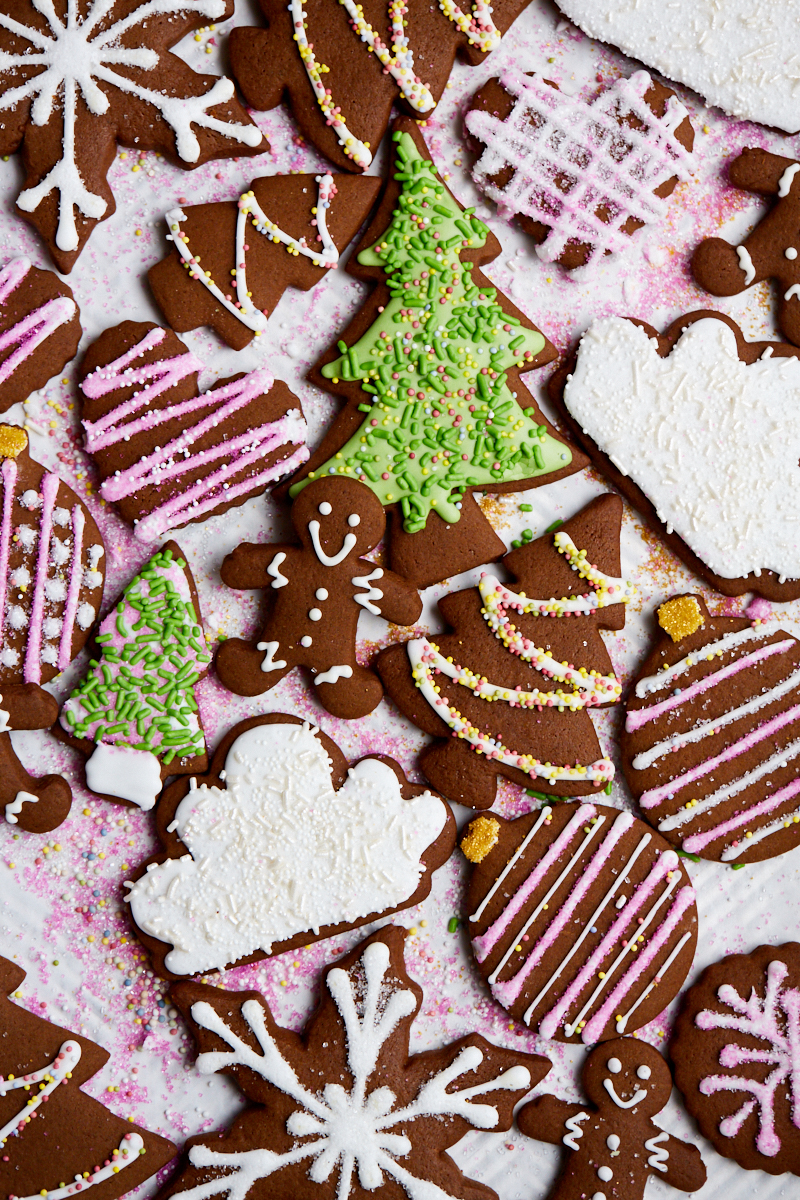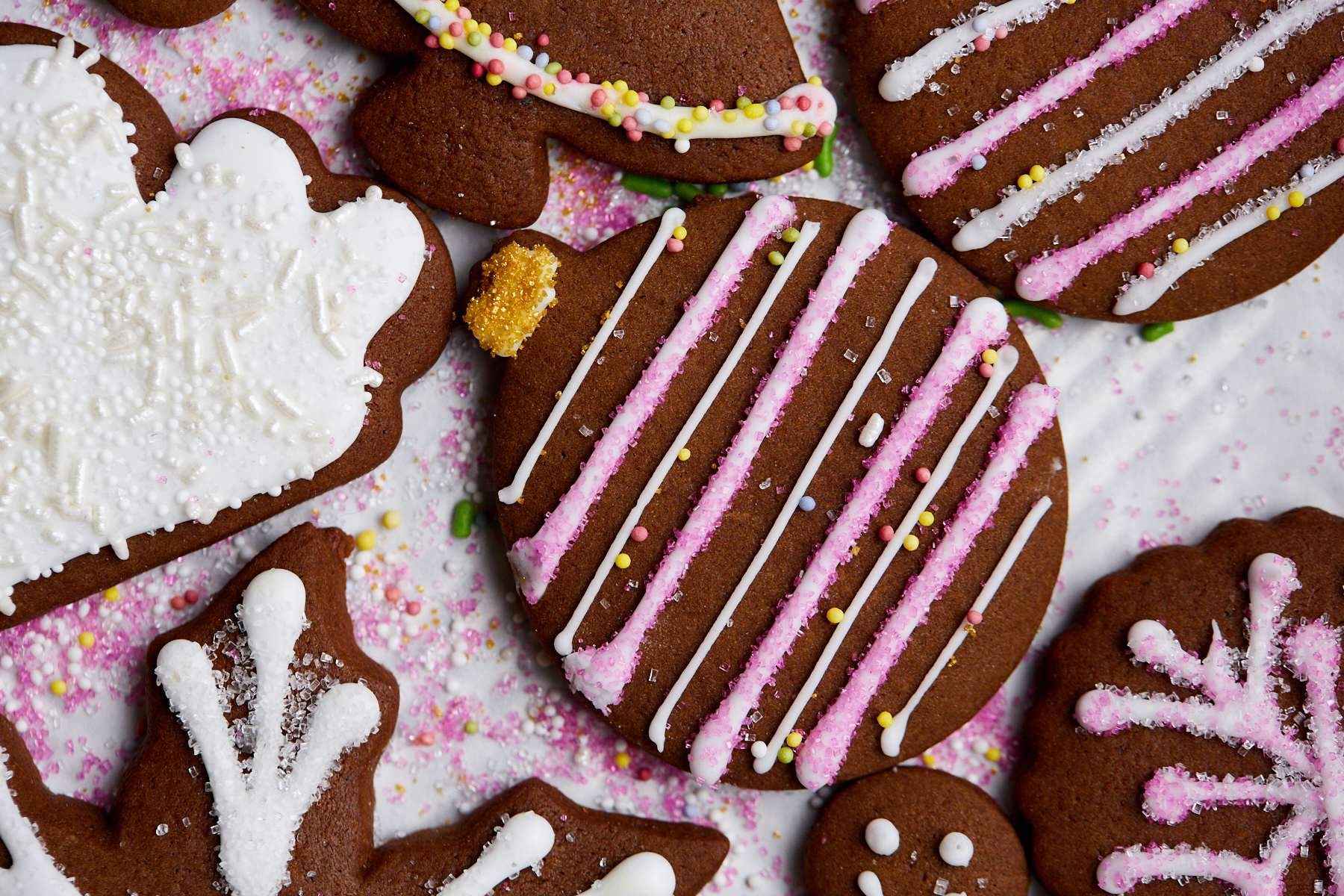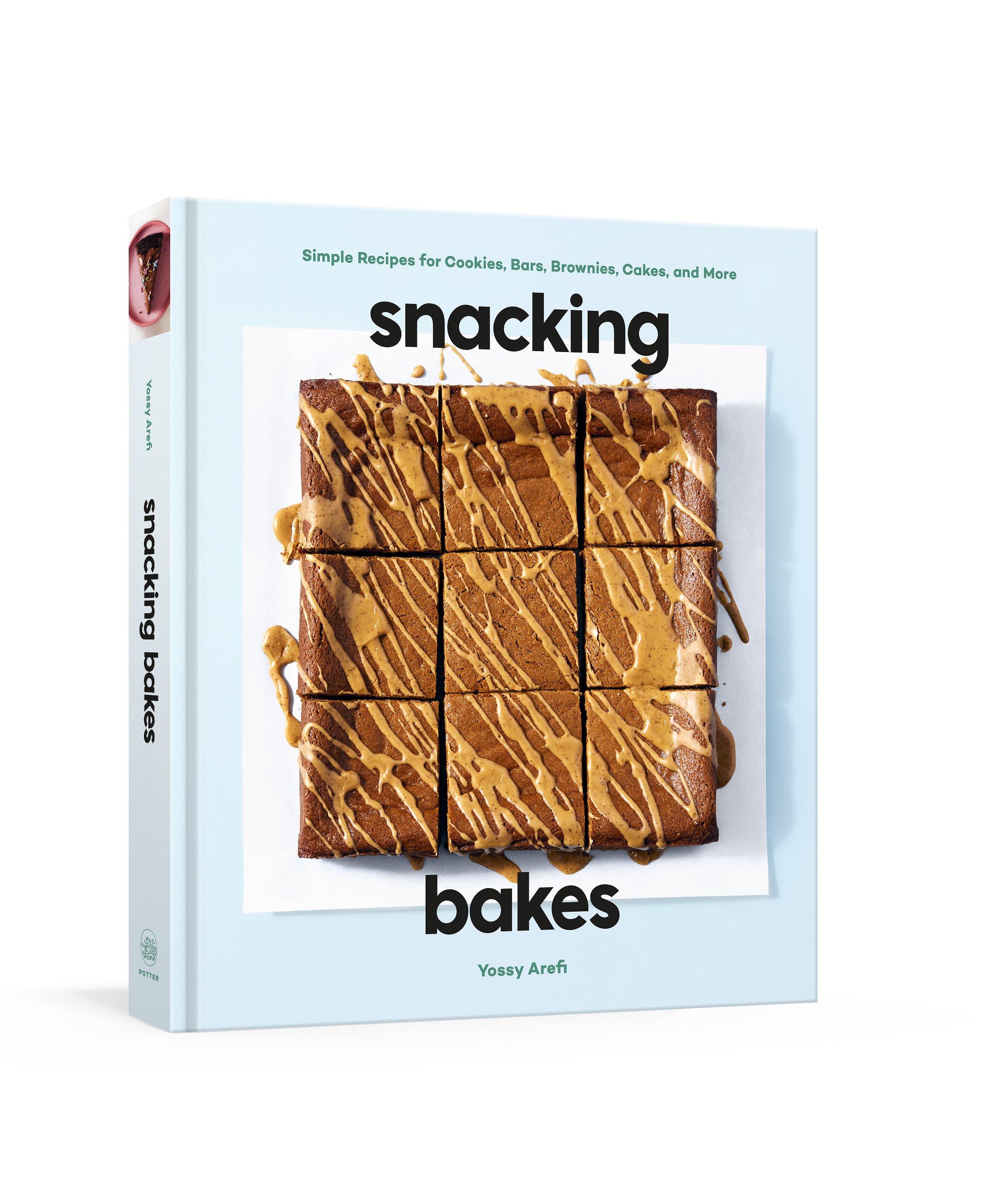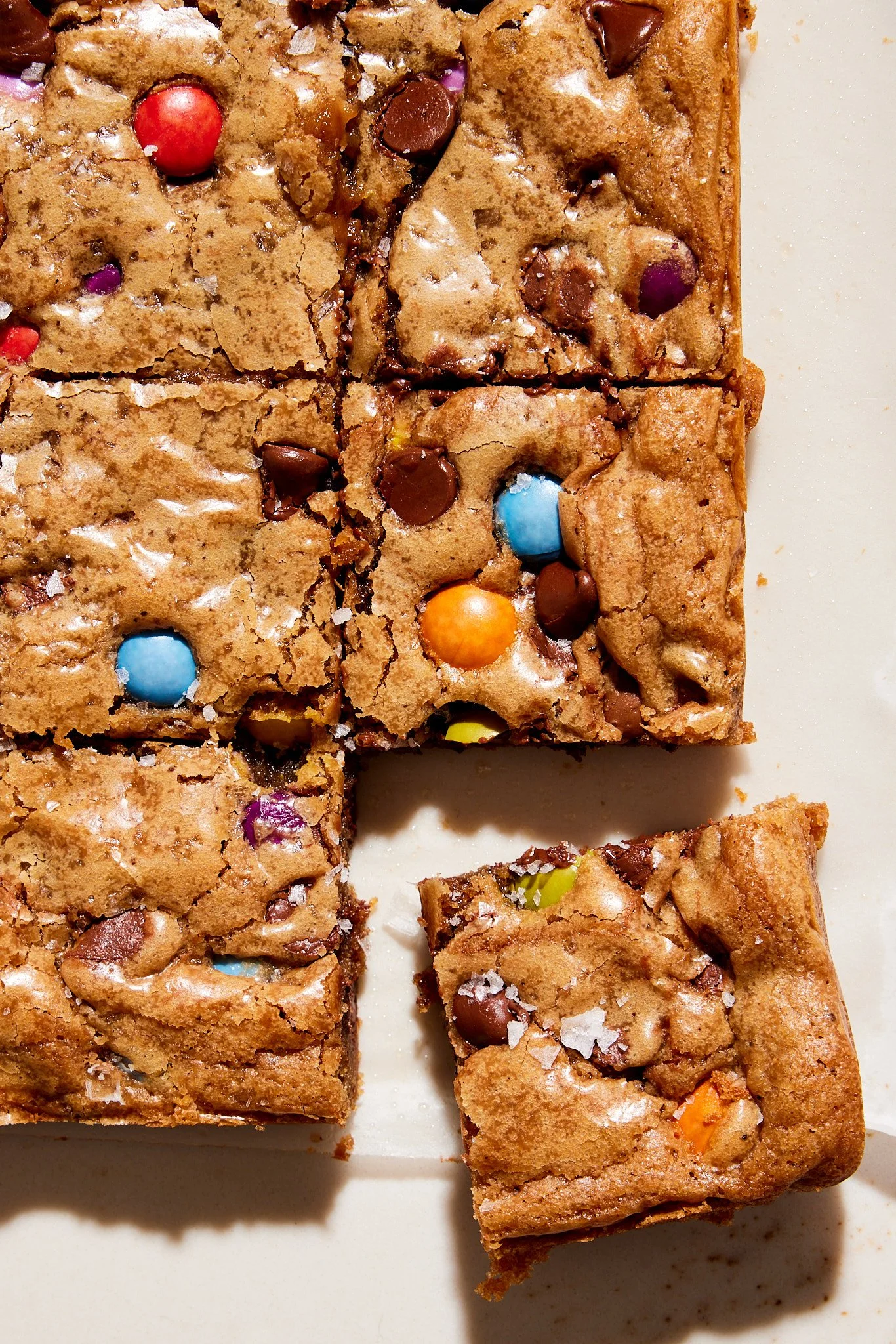Pineapple Upside Down Cake, Again
/I have a thing for upside down cakes, and a special love for pineapple - especially in the winter. They are so bright and tart and juicy and as much as I love citrus this time of year, they are a nice change of pace. I guess I even made a pineapple upside down cake last year right around this time (which came as a surprise when I went to look it up). Turns out I am more predictable than I thought.
This cake is quite simple with no secret whiz-bang flavorings, and even though I pretty much always add lemon zest and vanilla to fruit cakes, I resisted the urge to add anything to this one and I can say that its totally delicious without. I also loved the sunny yellow, translucent pineapple slices as is, but some vanilla bean seeds would be a very pretty addition. Maybe for next January’s cake.
Take the time to cut and slice a whole pineapple here, the long slices of pineapple make the coolest design, don’t they?! The additional step of poaching the sliced pineapple might seem a little fussy, but it makes the fruit pliable and tender so that the slices fit together snuggly in the bottom of the tin and no sneaky batter peeks through the top of the finished bake.
Pineapple Upside Down Cake
lightly adapted from Donna Hay
makes one 9-inch (23cm) cake
I made this pretty close to as written, but made quite a few tweaks to the method so feel free to click through the link above if you’d like to see the original. The recipe, curiously, didn’t include any salt so I added it, swapped in a higher percentage of almond meal, and I reduced the total sugar by about 1/4 (from 385g to 300g). The finished cake was still nice and moist and plenty sweet for my palate. I also took a few extra minutes to reduce the pineapple poaching liquid to make a more concentrated syrup. I made this cake using gram measurements, and the cup equivalents were so wonky and confusing I decided to not include them here. I highly suggest baking by weight rather than volume - less dishes, more precision.
450g pineapple, cored and thinly sliced lengthwise (about 1 medium pineapple)
360ml (1 1/2 cups) water
300g granulated sugar
190g unsalted butter, softened
3 large eggs, at room temperature
280g all purpose flour
80g almond meal
1 1/2 teaspoons baking powder
1/2 teaspoon baking soda
1 teaspoon kosher salt
240ml (1 cup) buttermilk
Add the water, 100g (1/2 cup) sugar, and the sliced pineapple to a wide saucepan set over medium-high heat (I used a 3 qt saucier) Bring to a boil, turn down the heat slightly, and simmer the pineapple for 15 minutes. Carefully remove the pineapple to a sheet pan and arrange it in a single layer so it can cool. Turn the heat up to high and reduce the liquid in the pan to about 3/4 cup (180ml). Transfer to a liquid measuring cup and cool slightly.
Heat oven to 350ºF and butter a 9-inch cake pan with high sides. Line the sides of the pan with parchment paper and butter the paper.
Starting at the outside of the pan, layer the pineapple in slightly overlapping concentric circles, rounded sides facing out. Gently pour 1/2 of the cooled syrup over the top.
Stir the all purpose flour, almond meal, baking powder, baking soda, and salt together in a medium bowl.
In the bowl of a stand mixer fitted with the paddle attachment, combine the butter and 200g (1 cup) sugar. Beat on medium-high until light and fluffy, 5-7 minutes. Add the eggs one at a time, beating well after each addition. Add the flour mixture and the buttermilk. Mix on low until a few streaks of flour remain, and finish the mixing the last few strokes by hand with a rubber spatula making sure to scrape the bottom and sides of the bowl.
Spoon the batter over the pineapple and gently smooth the top. Tap the pan a few times on the counter to release any large air bubbles. Bake for about 60 minutes or until deep golden and a cake tester comes out clean.
Let the cake cool in the pan on a rack for 10 minutes, then invert onto a serving plate. Serve warm with the additional syrup, and some ice cream if you’re in the mood.

